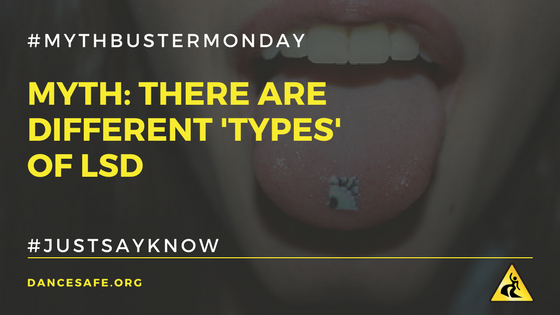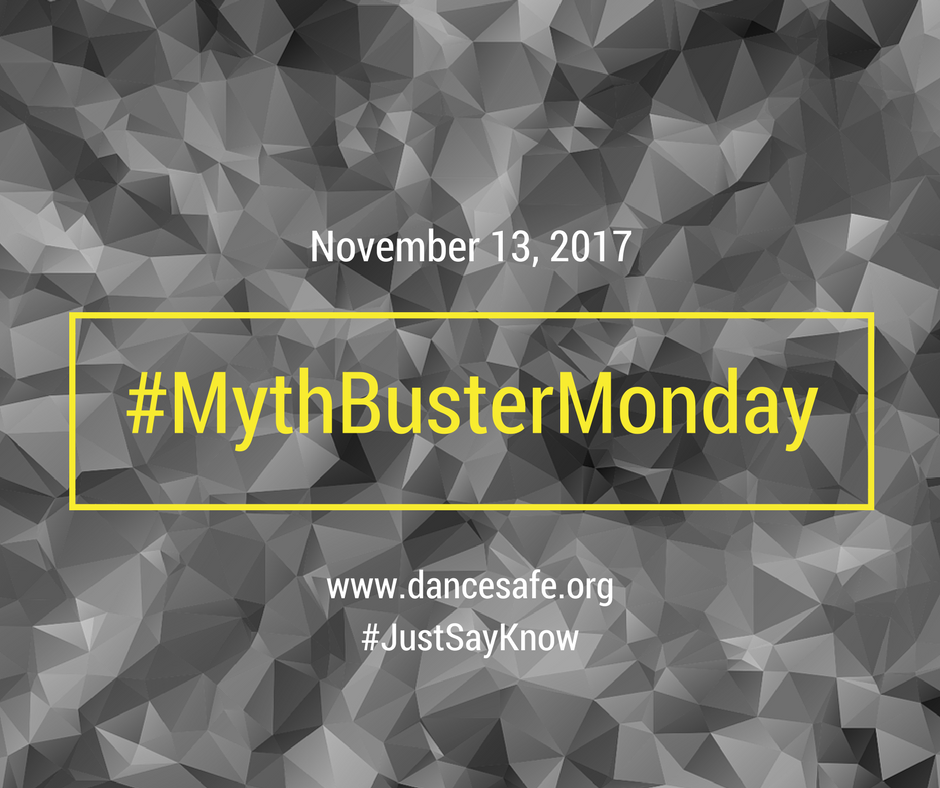Madalyn McElwain2023-02-13T12:28:37-08:00Needlepoint, Lavender, White Fluff. All different labels for one substance, and one substance only: LSD. It is not correct to say that there are different ‘types’ of LSD. LSD is LSD. So why, then, are there different and distinct effects, durations, and experiences between the various street names or labels for LSD, or even between different sources?
The most likely answer: purity.
The last step in making LSD, according to this chemist on Reddit, is the separation of the inactive isomers and impurities from the active isomer (d-iso-lysergic acid diethylamide). Only roughly 30% of the the crude product is LSD, “while the...








